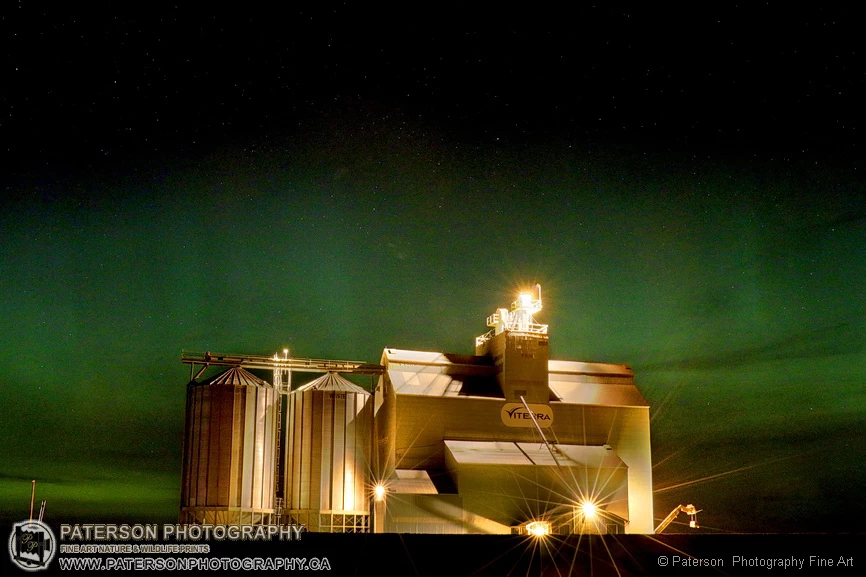Photographing Northern lights can be a great way to past an evening
Photographing Northern Lights has a few issues that have to be addressed if you want to get some great images.
Are there going to be Northern Lights?
First thing is that you need to find out when they are going to happen. Second is to find out if you are going to be able to see them in your area. I use a few web sites but the best one seems to be https://www.gi.alaska.edu/monitors/aurora-forecast
They put out forecasts a few days in advance so I can plan my shooting ahead of time.
Next thing you need to figure out is if it is going to be clear or not. I look to Environment Canada for that https://weather.gc.ca/city/pages/ab-30_metric_e.html

Once I figure out if I will have something to shoot then it is to set up the equipment:
Camera – A camera that will shoot at times up to 30 seconds is needed. As well something with a ISO that will go to at least 1600 ISO will help. A camera with the ability to manual focus will really help. NL’s are not usually bright enough to use autofocus!
Remote Shutter Release – You can get away without but better if you have a camera with some type of a remote shutter release. Especially one that will allow you to lock the shutter open longer than 30 seconds.
Tripod – Not needed but sure helps you to get a lot better images
Flashlight – no sense going out to shoot if you cannot see
Setting up the camera – This is best to do during the daylight. Set your camera lens to Infinity. Tape it there if need be. Set your ISO to 1600 for a start and make sure that the batteries are charged.

Stay safe
Safety Gear – If it is -30 make sure that you have the gear to stay warm. If it is mosquito season take bug spray, and if you are heading out in the middle of nowhere’s take an extra set of car keys.
Location
Finding a location – Pictures of just the Northern Lights are boring, look ahead of time for a location that has something in the foreground such as a tree or a building. This is easier to do during the daylight when you can look for hazards such as holes or fences.

Shooting Northern Lights
Shooting – Patience is a big help when shooting Northern Lights . You want it to be dark. Northern Lights do not start at a certain time so you will be waiting. Get you gear set-up, camera aimed in the right direction (generally north 🙂 ) and sit back and wait.
Take some music to listen to or a book. Remember to keep your eyes open looking for the lights. Many nights they will be very faint.
When you get something to shoot then away you go.
For shooting the lights I start at 15 seconds @ 1600 ISO at the lowest aperture that my lens will do.
Then I adjust from there. No two nights shooting will be the same and it will change minute by minute for the exposure.
I like to do some shots at faster shutter speeds, and some at longer. The look is completely different and lends itself to different effects.

